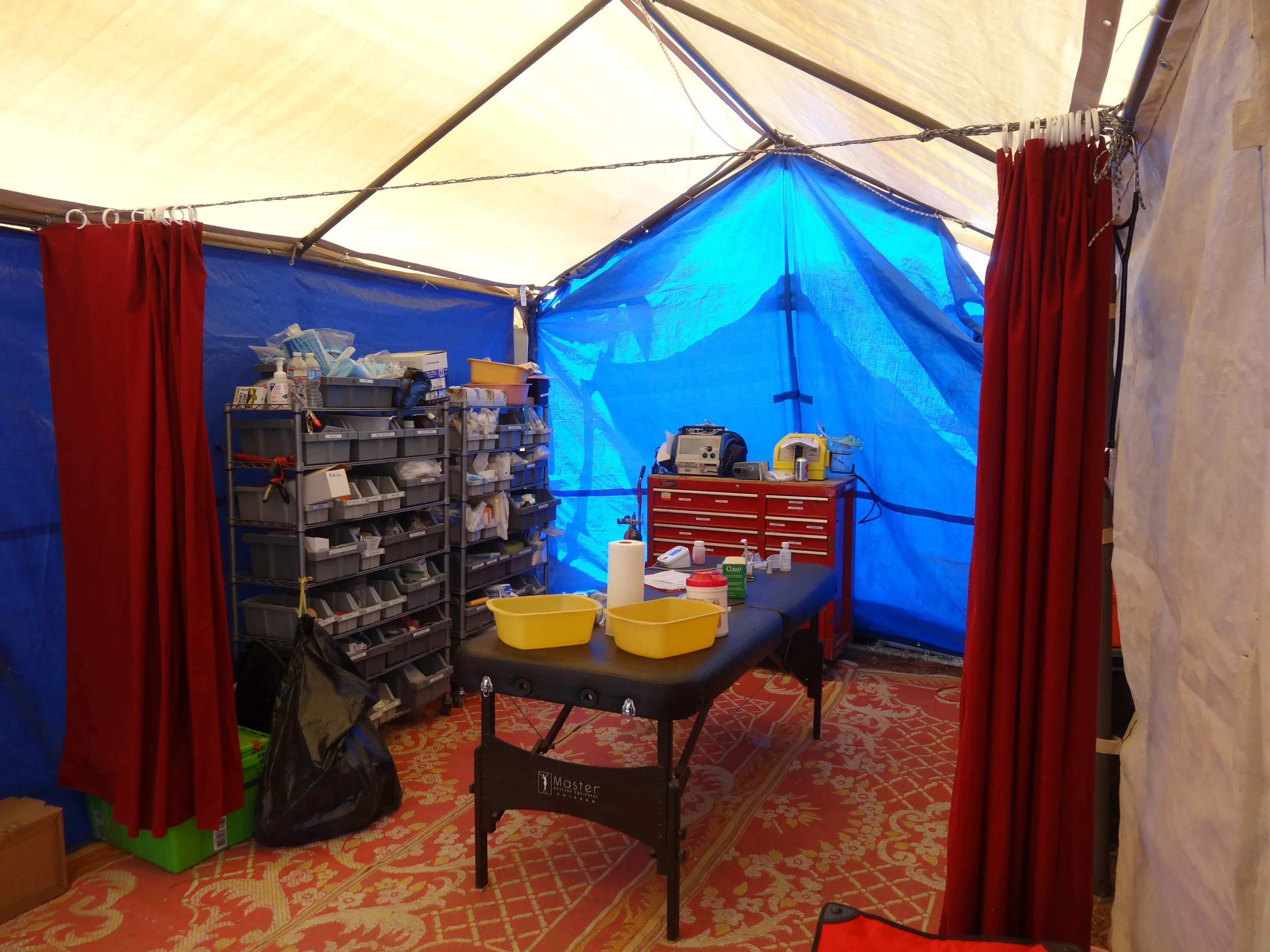Earlier in the week T in the Park was back in the news. A journalist wondered whether the organisation was back on track after last year’s mishaps. Bad weather and a traffic plan that wasn’t adequate resulted in loads of complaints. A renewed event management plan and a new risk assessment are in place for this year's edition.
Before T in the Park thought there is the Queen's 90th birthday celebration. Her party takes place this coming weekend. Turns out that when you are the Queen you have two birthdays. The real one and the official one. Never knew that before. Apparently, the one being celebrated this coming weekend is the one where neighbourhoods come together for barbeques and street parties. Street parties might require street closures and some even need risk assessments.
Risk assessments for events
So, what is a risk assessment? “A risk assessment is a systematic process of evaluating the potential risks that may be involved in a projected activity or undertaking”. Your projected activity or undertaking is your event. When I worked at the university I organised field trips. These field trips, my projected activity, required me to identify the potential hazards and risks. I had to show my managers how I would deal with the situation if hazards materialised.
As an event planner, with an event that is open to the public, you are required to have a risk assessment. It is the law. The Health & Safety Executive (HSE) tells us that there are 5 steps you need to think of when creating a risk assessment:
- Identify hazards
- Decide who might be harmed and how
- Evaluate the risks and decide on precautions
- Record your significant findings
- Review your assessment and update where needed
The point of creating a risk assessment is to make you think about the safety aspects at your event. I worked at a festival that changed their traffic plan after a thorough site survey and risk assessment. A risk assessment, when done right, will influence how you plan your event. Yes, it is a lot of work and sometimes it feels like it is too much. But the overall aim is to make sure you are prepared and organise a safe event.
Hazards and risks at festivals
Joseph Pred is specialised in risk and emergency management for events and festivals. He has worked at festivals like Burning Man and Insomniac. According to him a risk assessment should be integrated in to all aspects of event management.
Should you include every hazard and every risk? The honest answer is that you can’t do that. In a risk assessment you should focus on the most significant risks you want to manage. Make sure you have a solution to avoid these risks or minimise the impact of them. An audience member asking for a paracetamol or a band-aid is not something you need to put in your risk assessment.
But what is your plan when you need to evacuate your venue? Perhaps several audience members have come to your first aid station with food poison complaints, a child that has gone missing, or a fight that breaks out. This is stuff that goes into a risk assessment. I remember a discussion about football hooligans planning to jump fences at one event. These are the kind of things you might need to think about.
A risk assessment requires planning
Every event is different so every risk assessment is different. When creating a risk assessment you need to take into consideration the:
- Audience (demographics, behaviour, capacity)
- Location (urban, rural, ground conditions, indoor/outdoor)
- Weather (temperature, rain, storm, dehydration, flooding)
- Entertainment (music, fan behaviour, fan profiling, noise)
And there is more you need to consider! A well thought through risk assessment will help you plan your event better. Always make sure you create your risk assessment together with your safety coordinator, local authorities, emergency services, and your medical team. They have expert knowledge that you need to tap in to.
My fieldtrips with my students often took me to Amsterdam. I’m sure you can appreciate the effort that went into creating that risk assessment. As for the barbeque at this weekend’s street party: stay safe and cheers to the Queen!
For more information about health & safety at events you can have a quick preview of my online course Event Safety here.
